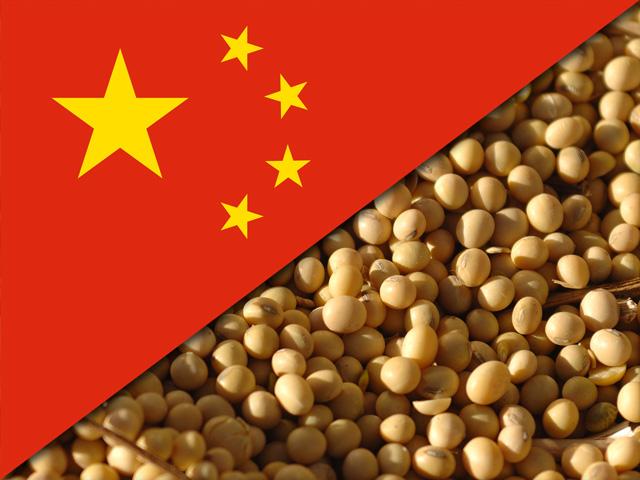US-China Trade Talks
Soybean Prices Quickly Respond to China, US Temporarily Rolling Back Tariffs
OMAHA (DTN) -- Soybean futures surged along with U.S. stock indexes after the U.S. and China announced each side would set a 90-day reprieve and drop tariffs to 10% levels as talks continue.
The overnight announcement that each country would pull back on their tariffs led to an immediate response from the stock market as the S&P 500 quickly jumped 3%. Soybean futures quickly opened 18-19 cents higher in trade as well.
Treasury Secretary Scott Bessent reiterated multiple times that each side agreed they did not wish to "decouple" the bilateral trade between the two sides. Bessent, speaking in Geneva, also said the U.S. was looking for a longer trade deal with China as well.
In an interview on NBC, Bessent also said, "I had seen what's going on in the Chinese economy. We can see what's going on with the shipments to the U.S. -- and, again, we are the deficit country, and historically, the deficit country has a better negotiating position."
Since his confirmation hearing in January, Bessent has said he would press China to recommit to buying more agricultural products from the U.S. Bessent had highlighted China had committed to buying $40 billion a year in agricultural products, but Chinese purchases reached a high of $38 billion in one year -- 2022 -- before declining sharply since.
P[L1] D[0x0] M[300x250] OOP[F] ADUNIT[] T[]
Bessent also said the Phase One Agreement reached in the first Trump administration is a template for where the U.S. would like to start with broader talks.
Still, Bessent also told CNBC that the U.S. will look to shift some of its supply chains to other countries away from China in certain strategic industries such as steel and semiconductor chips.
Specific industries or purchases were not mentioned in the joint statement. Both sides simply highlighted the importance of the bilateral trade relationship to both countries and the overall global economy.
Under the 90-day deal:
-- The U.S. lowers its tariffs from 145% to 10%.
-- A U.S. 20% tariff tied to fentanyl will also remain in place.
-- China lowers its tariffs from 125% to 10%.
The tariff dispute so far has disrupted agricultural sales to China. Old-crop soybean sales have halted -- mainly due to the seasonal Brazilian harvest. But Chinese buyers so far have not locked any purchases of soybeans for the 2025-26 crop year.
Chris Clayton can be reached at Chris.Clayton@dtn.com
Follow him on social platform X @ChrisClaytonDTN
(c) Copyright 2025 DTN, LLC. All rights reserved.




